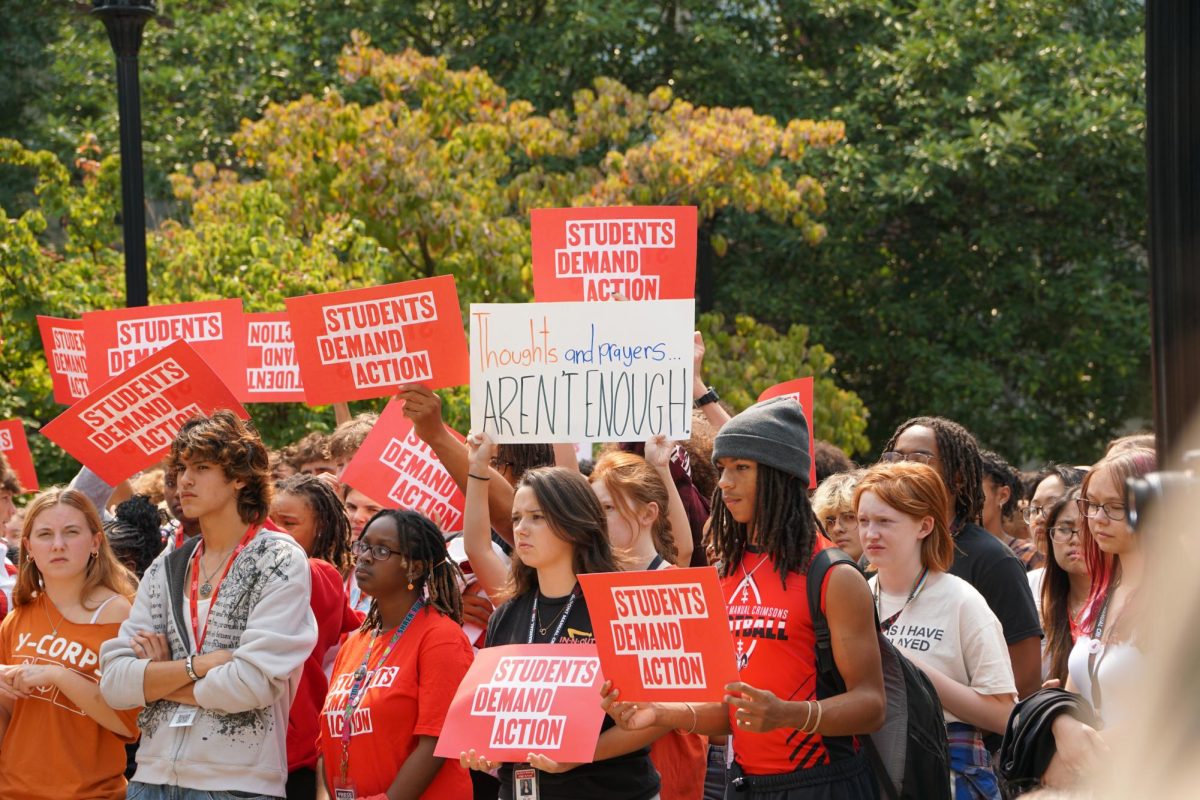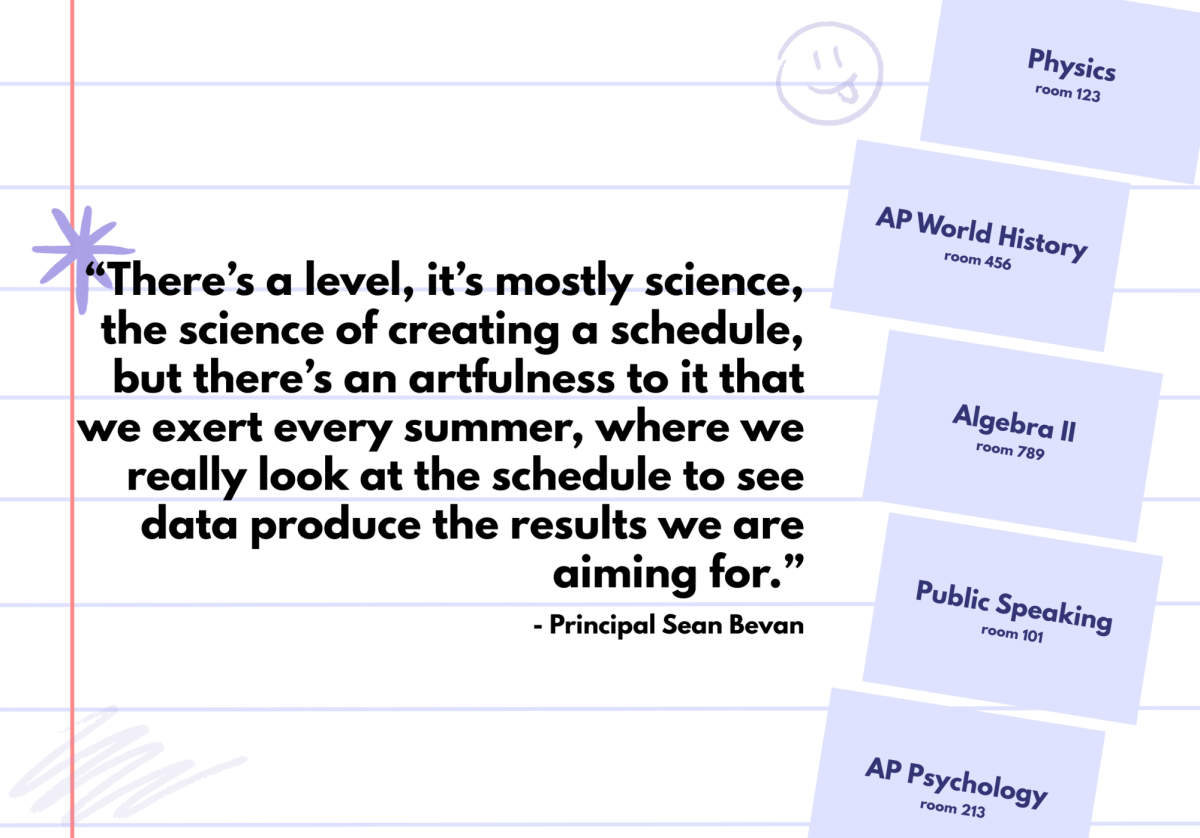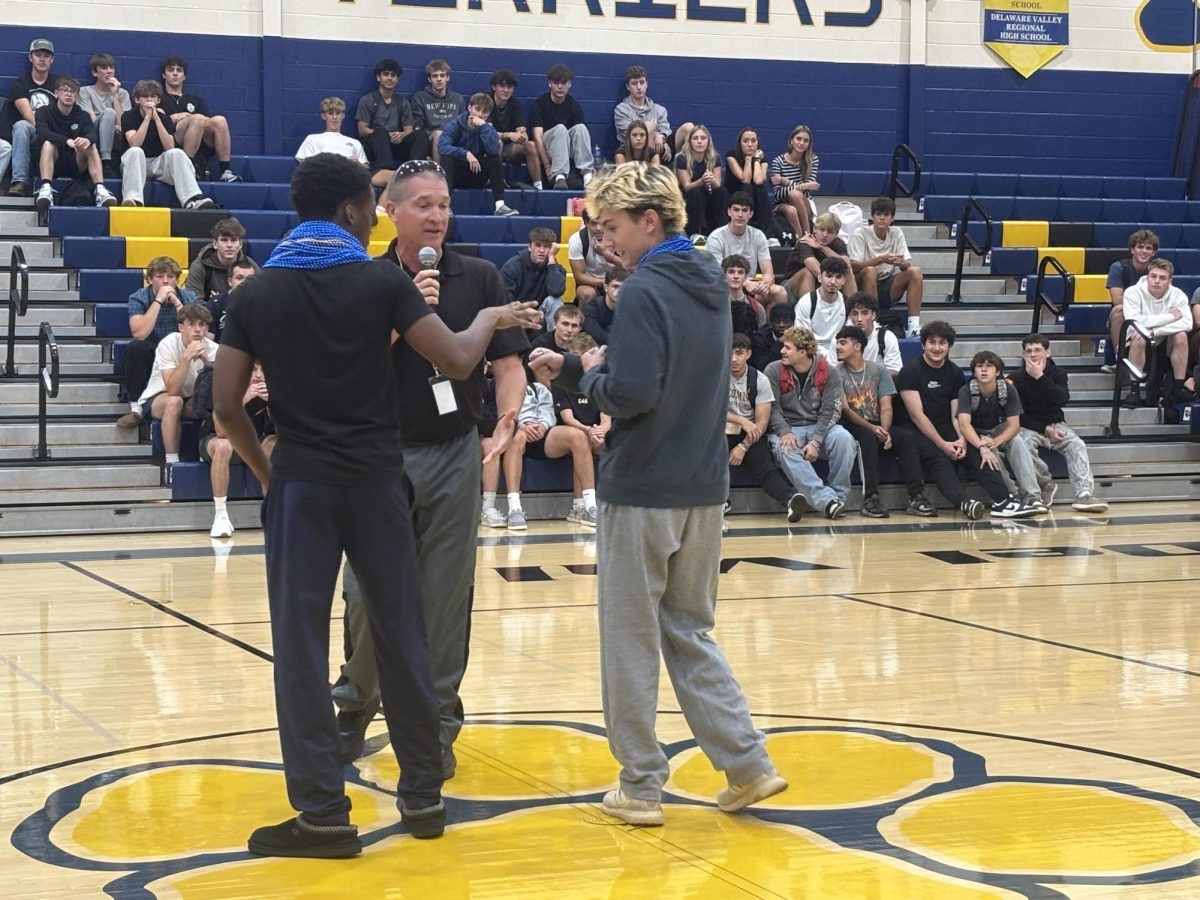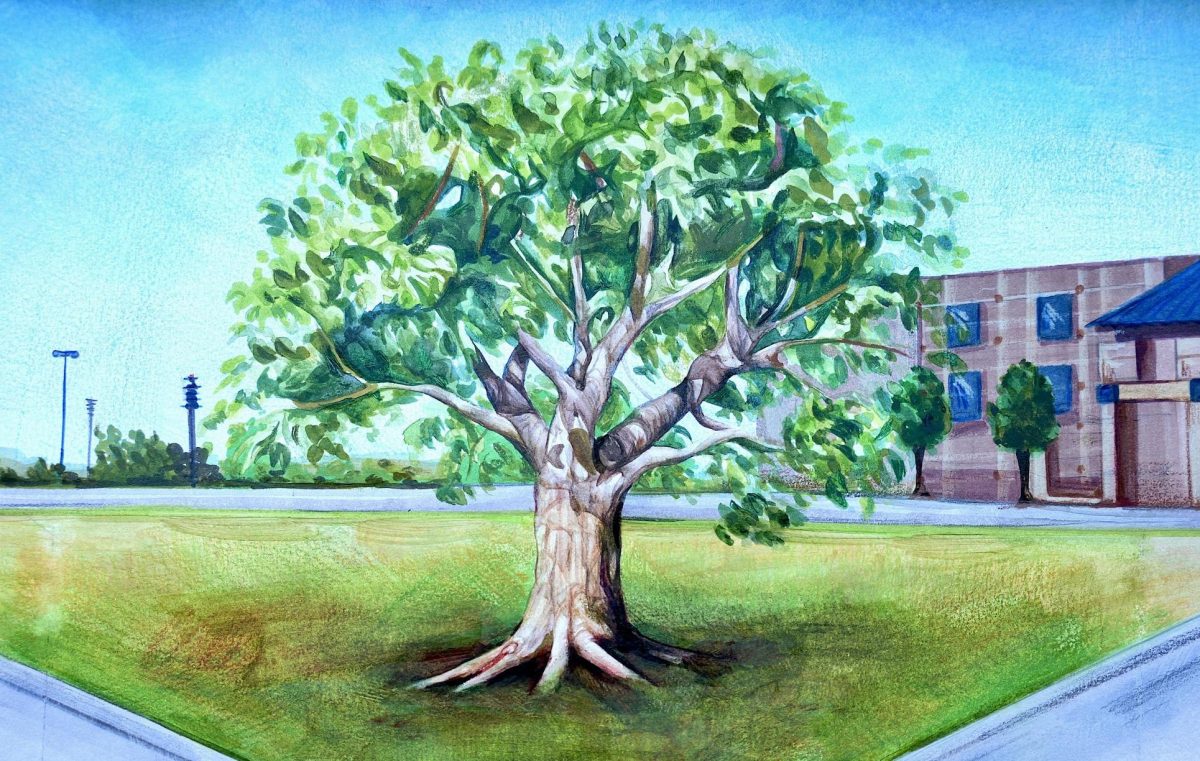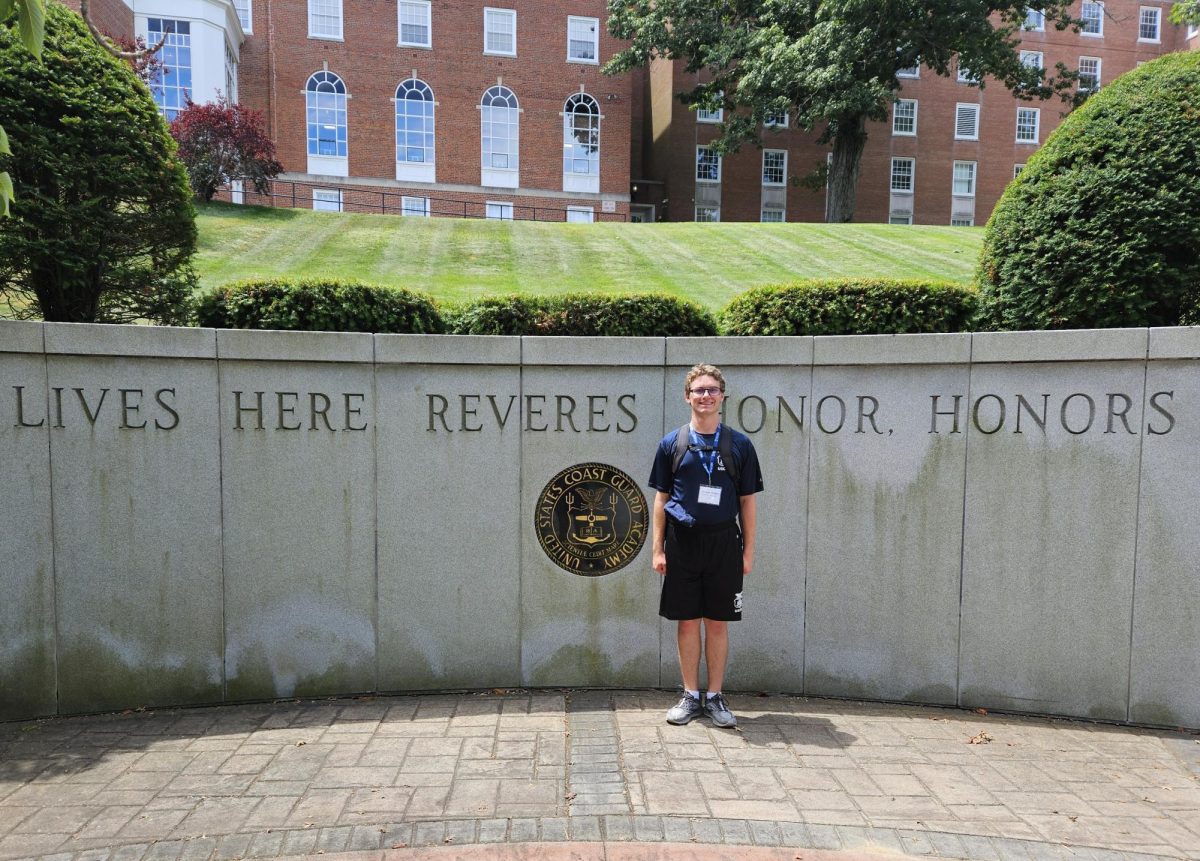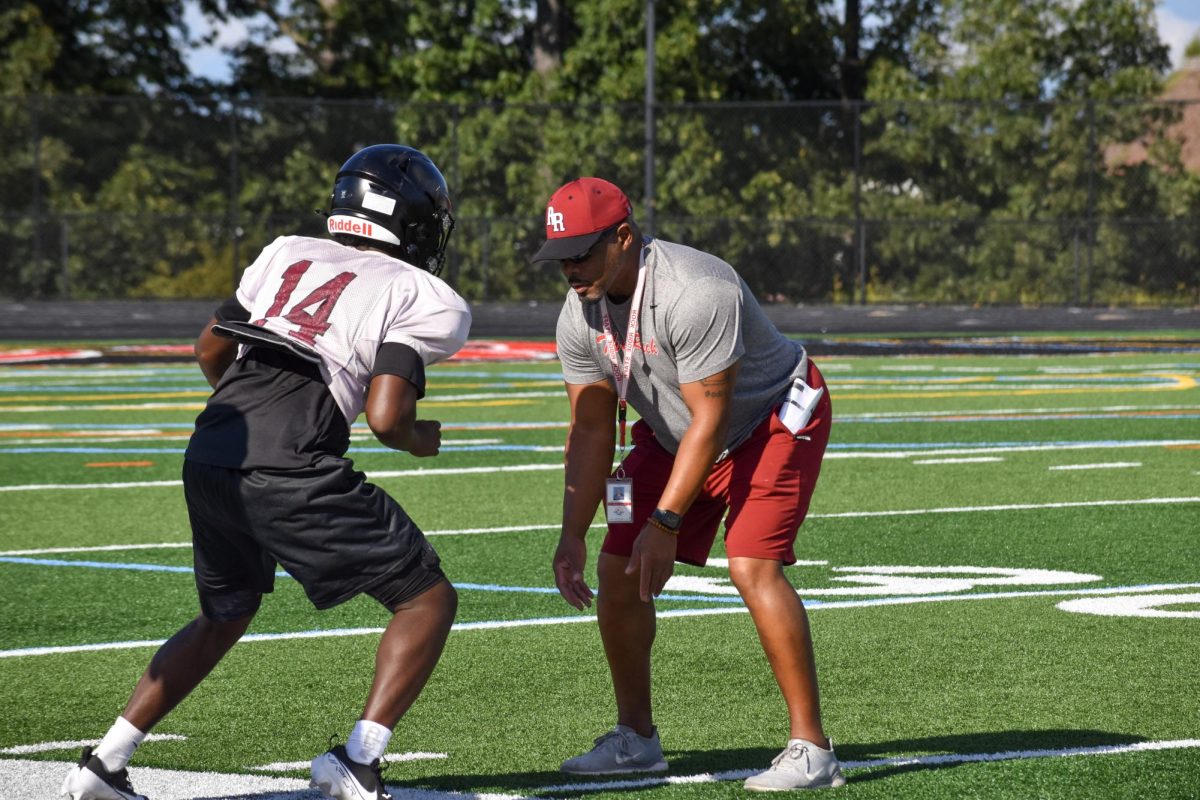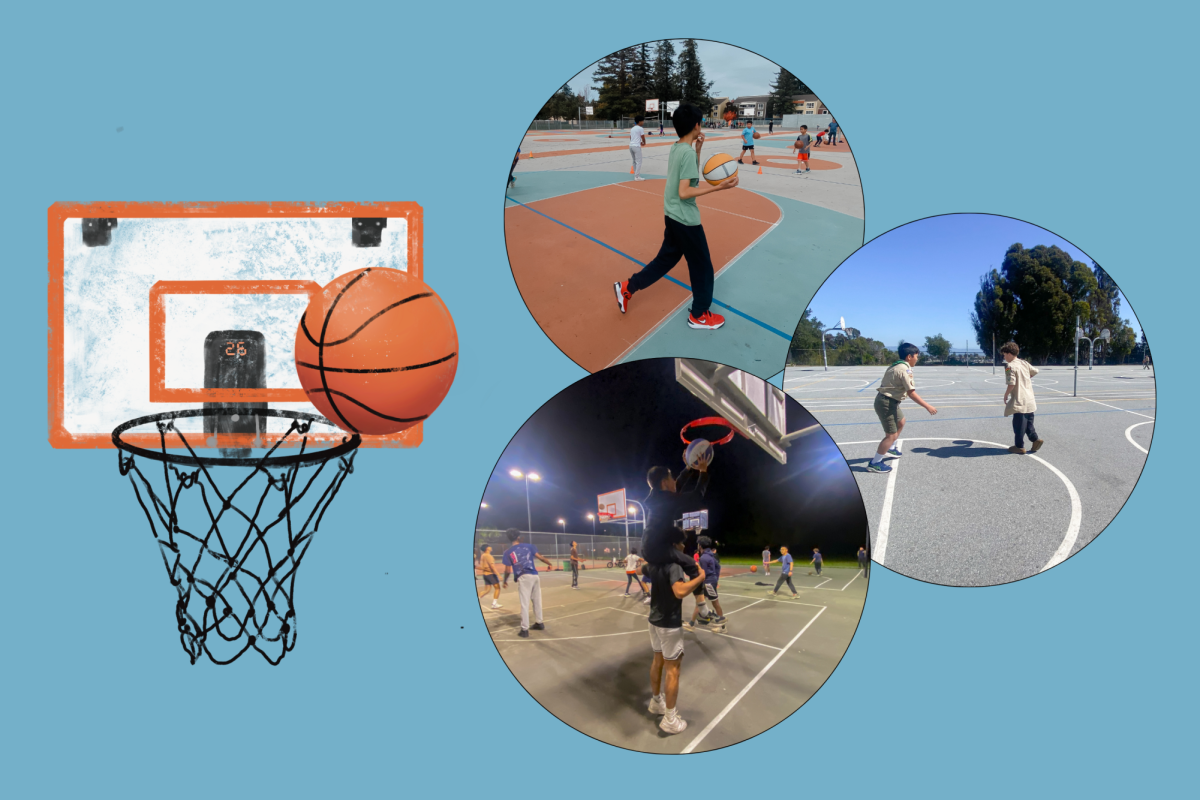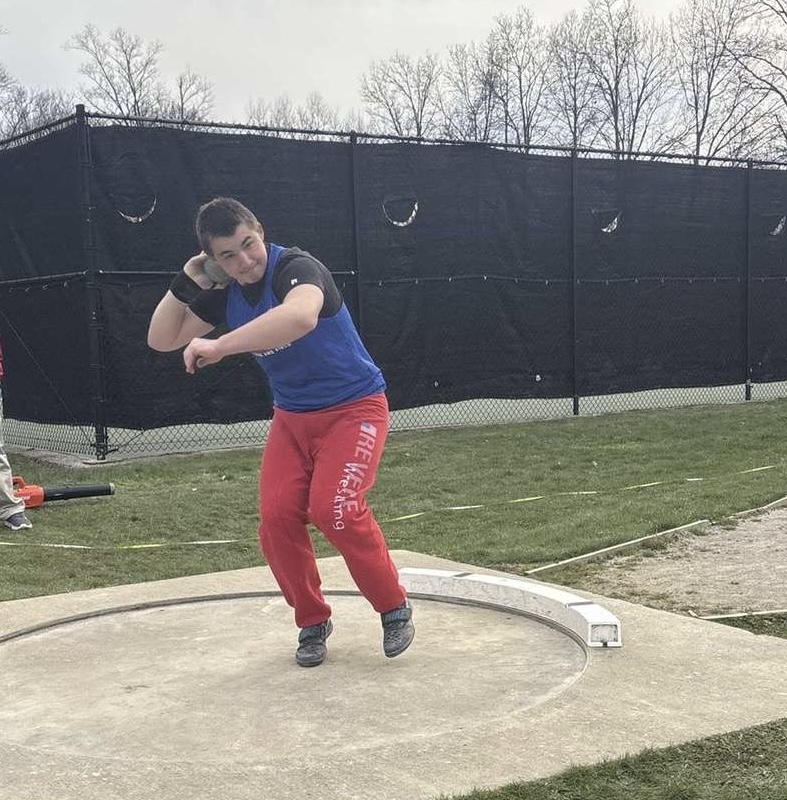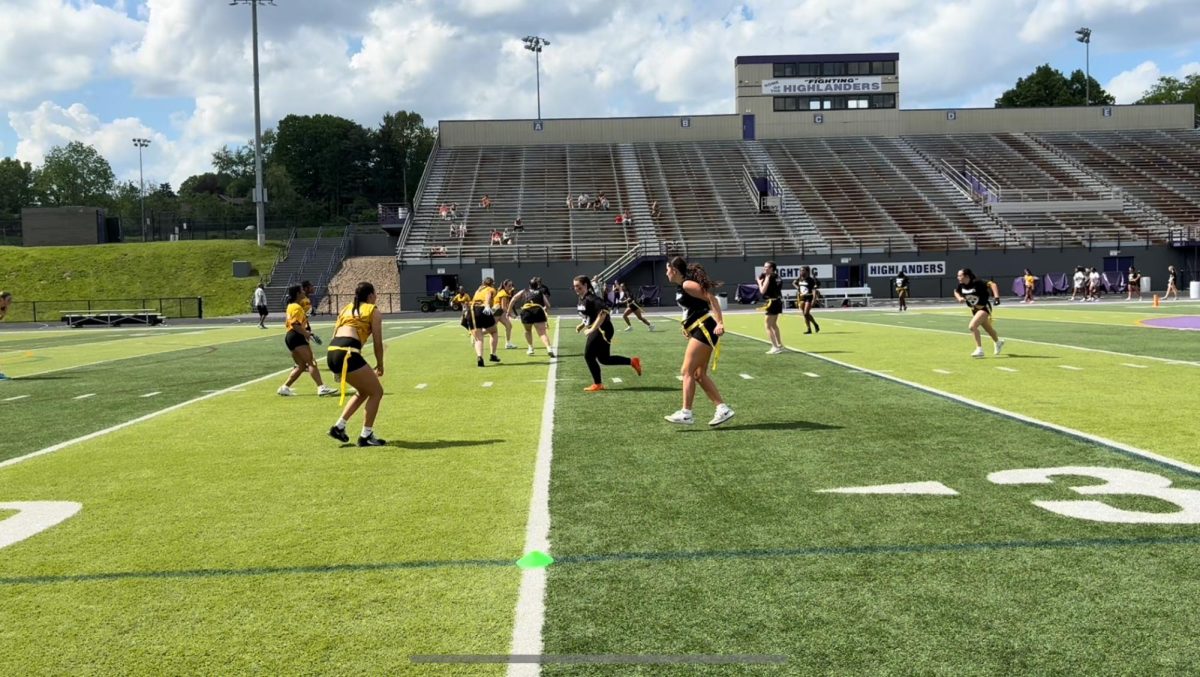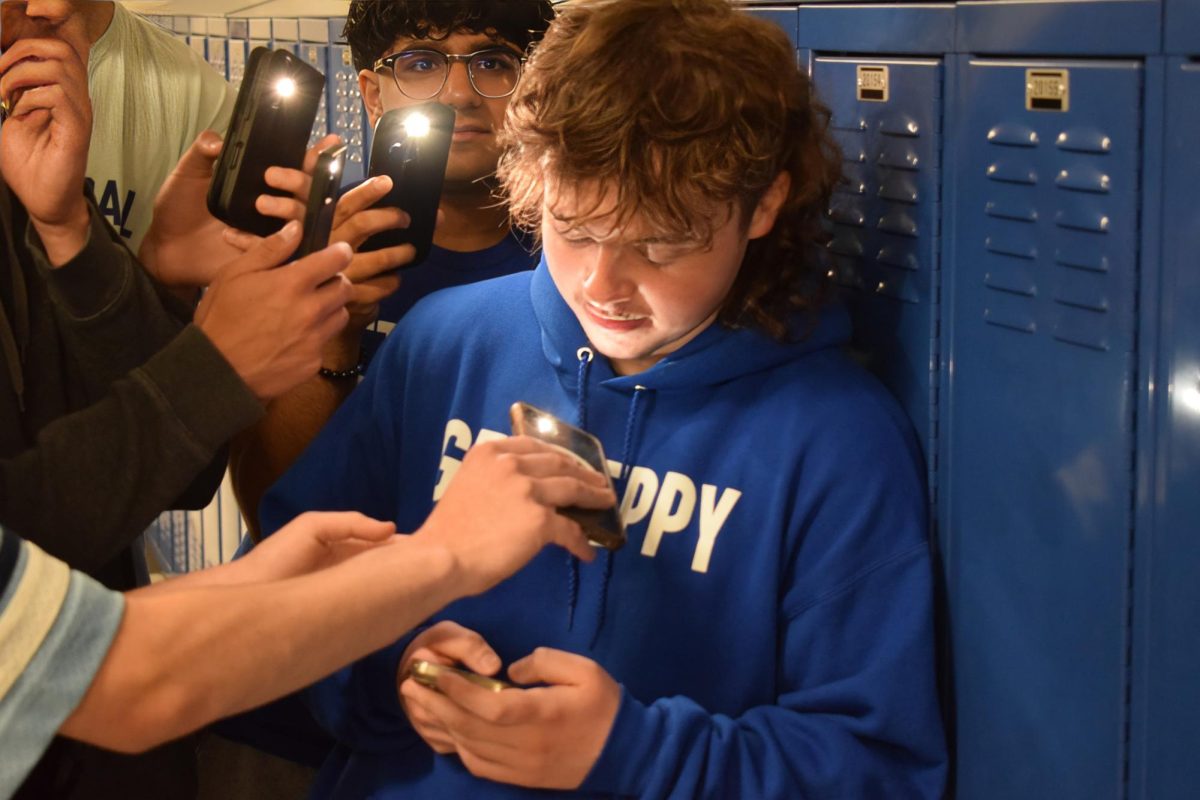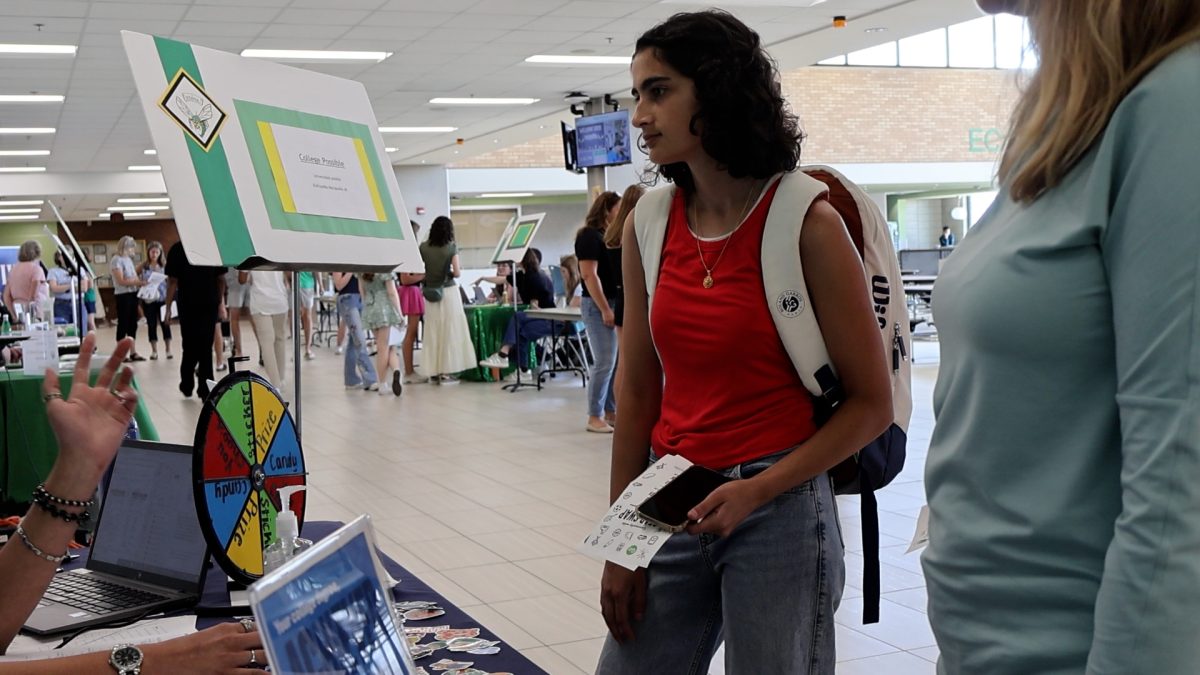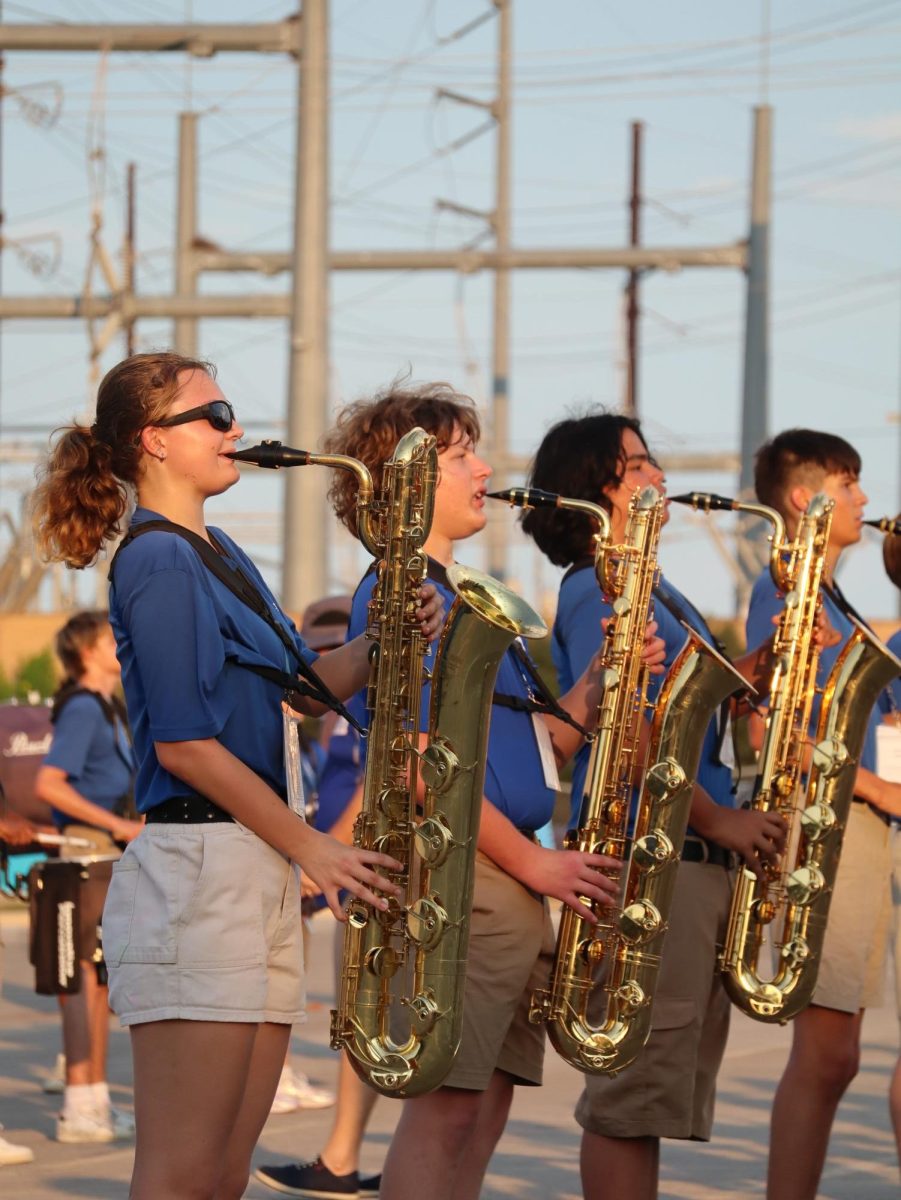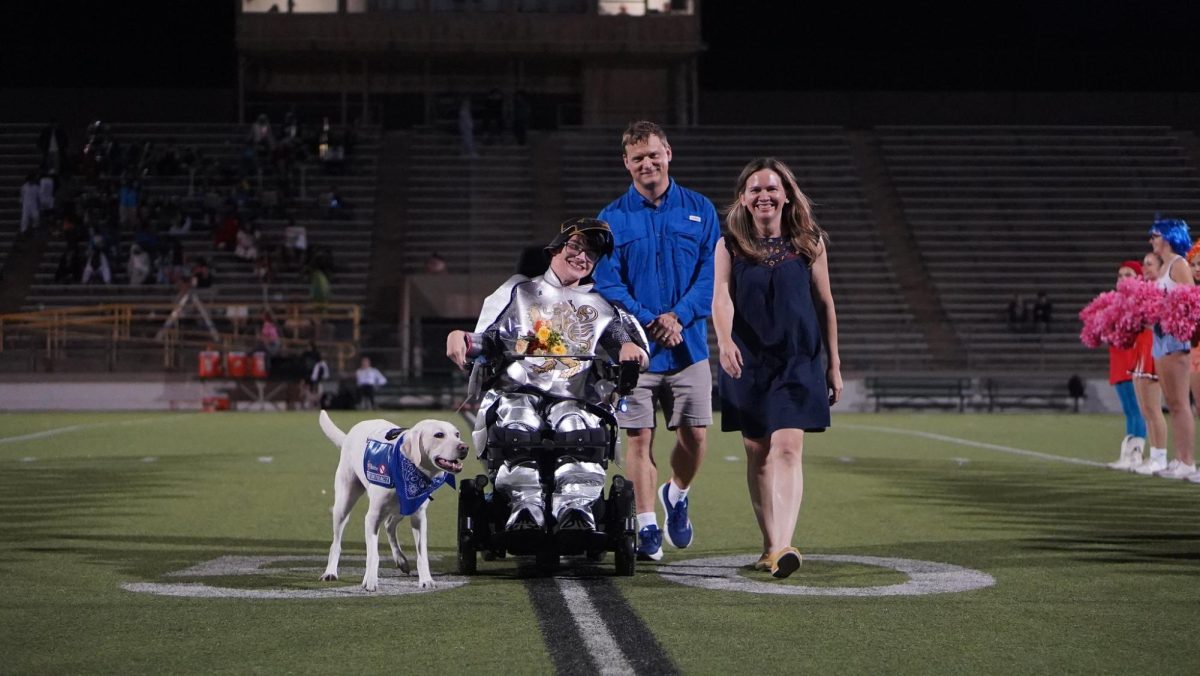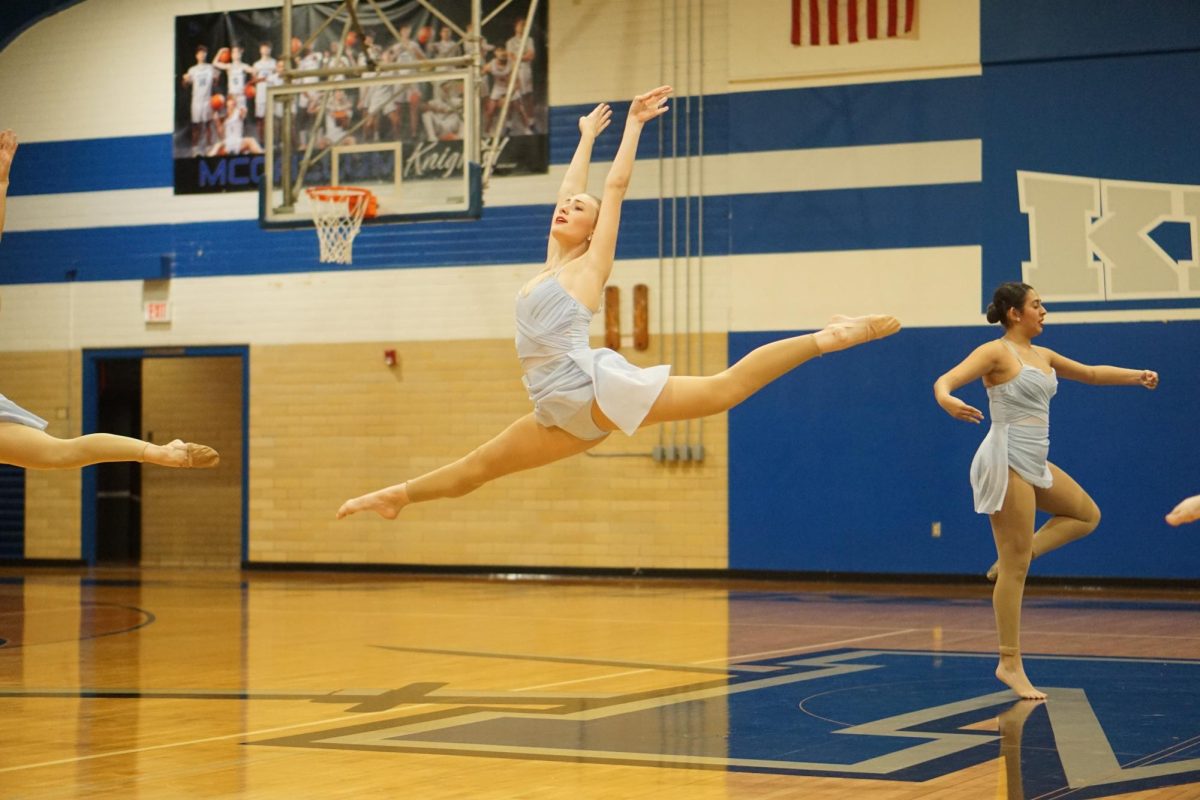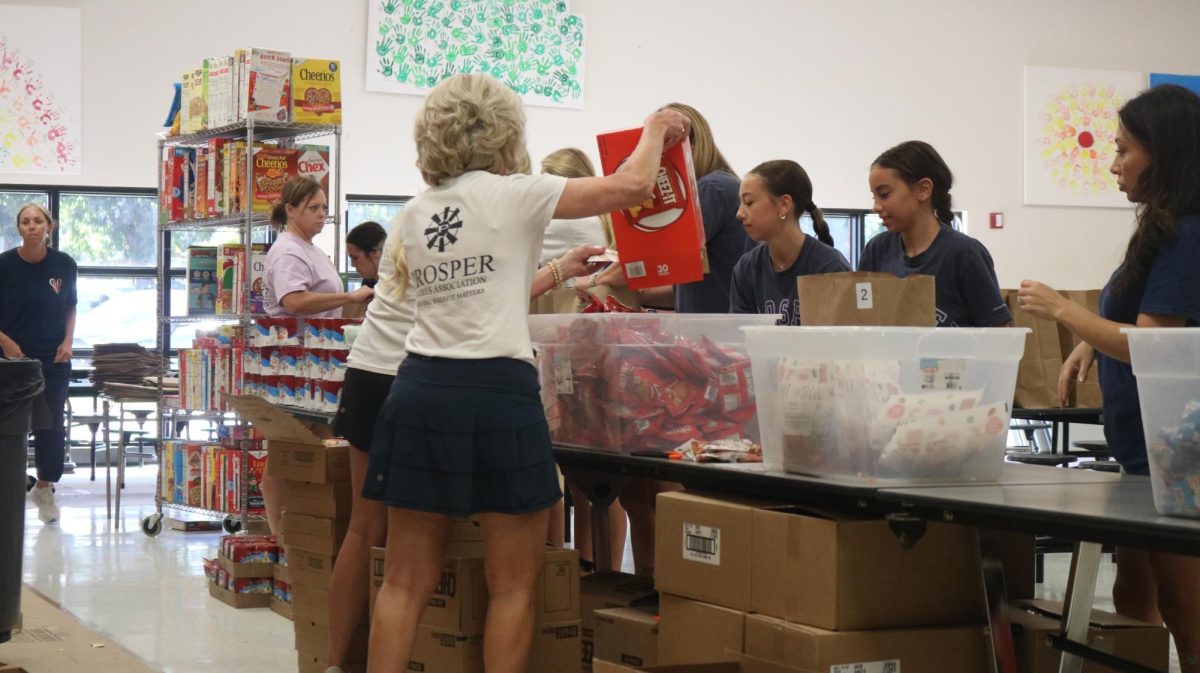The Staples boys’ tennis team finished as the state runner-up last year, losing to Greenwich in a tight finals match. State runner-up is an impressive feat. But it’s even more impressive considering that two of Connecticut’s best players – Troy Kudrjavtsev ’25 and Derek Hafiz ’25 – never suited up for Staples.
Kudrjavtsev and Hafiz, both ranked in the top 75 nationally and are committed to Division 1 schools, are not alone. For many elite athletes at Staples, choosing between playing for their high school team or playing exclusively outside of Staples is a challenging decision.
Playing outside of Staples for high-level club teams can offer greater opportunities for development, exposure and recruitment. Club teams provide year-round training, national tournaments and consistent access to college scouts, which are benefits that high school teams – bound by seasonal schedules and mandatory practices – often cannot match. According to NCSA, a college recruiting platform, “Almost 90% of student-athletes who compete at the college level previously competed for a club team during the recruiting process.”
Playing for Staples, however, allows students to represent their school and to play with some of their best friends.
“I do believe that there is something special about representing your school and town that comes from playing high school sports,” Athletic Director VJ Sarullo said. “The more that our teams are successful, the more school spirit that we will have and that helps build the positive school environment that we all strive to have.”
But the demands of playing high school and for outside club teams can make it difficult to participate in both. For sports like tennis, swimming and golf, for example, the Connecticut Interscholastic Athletic Conference (CIAC) limits how many outside events athletes can participate in during the high school season and limits the number of days a week athletes can compete. While club sports often open doors to recruitment, many athletes feel torn, missing out on the camaraderie and pride that comes with representing Staples.
“Playing exclusively for my club team was definitely helpful in the college recruiting process as the showcases we went to would always attract a lot of college coaches,” Tristan Gonzales ’24, a first-year starter on the Carnegie Mellon University soccer team, said. “However, the pride and culture that comes with playing for your high school is very valuable, and I don’t like how club soccer can deprive players of this experience.”
Greyson Downes ’27 played on the Staples junior varsity soccer team as a ninth grader, but is now playing exclusively for his club team, CT United FC, to help reach his goals.
“The club season is when we get to go to different showcases in Maryland and California where many of the college scouts are in attendance,” Downes said. “It was definitely hard leaving Staples because I would be leaving all my friends, but I ultimately knew that this team would help me work towards my goal of playing soccer in college.”
Balancing club and high school sports can be challenging, but some believe that the two experiences complement each other, offering athletes a chance to grow in different ways.
“Athletics is part of the education process, and most elite swimmers in America do both high school and club swimming,” Staples girls’ swim coach Michael Anderson said. “I’ve found that the best thing for athletes is when they do both[…]it makes them better athletes and more prepared to be leaders.”
In some cases, playing for the high school team can be just as effective and important for the athlete to reach their goals.
“Our coaches do a tremendous job helping our student-athletes with the college process and I do not feel there are 40 better people to lead that process than our head coaches,” Sarullo said. “The most important piece is the communication between student-athlete and coach to ensure that a proper plan is put in place to ensure success.”
This story was originally published on Inklings on October 22, 2024.


